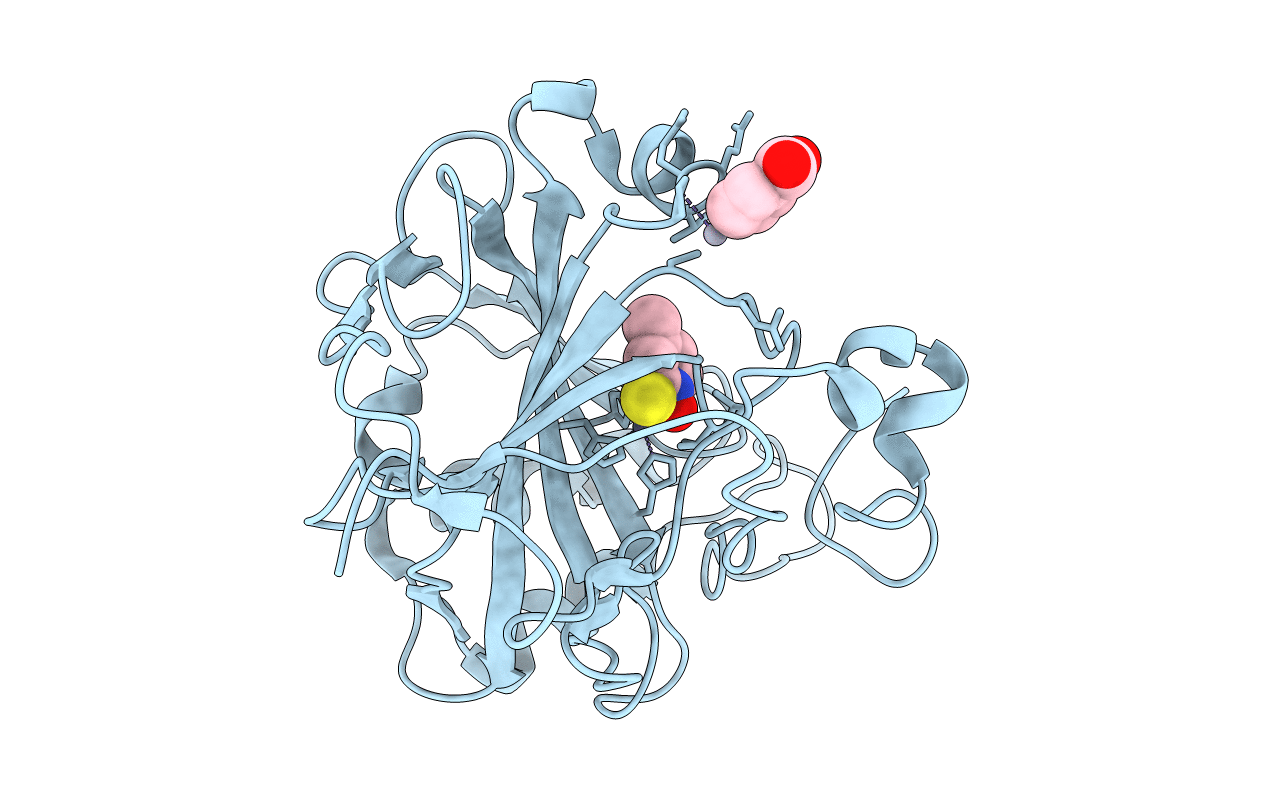
Deposition Date
2014-04-25
Release Date
2015-03-11
Last Version Date
2023-09-20
Entry Detail
PDB ID:
4Q7S
Keywords:
Title:
Crystal Structure of 1-hydroxy-4-methylpyridine-2(1H)-thione bound to human carbonic anhydrase II
Biological Source:
Source Organism:
Homo sapiens (Taxon ID: 9606)
Host Organism:
Method Details:
Experimental Method:
Resolution:
1.80 Å
R-Value Free:
0.22
R-Value Work:
0.18
R-Value Observed:
0.19
Space Group:
P 1 21 1


